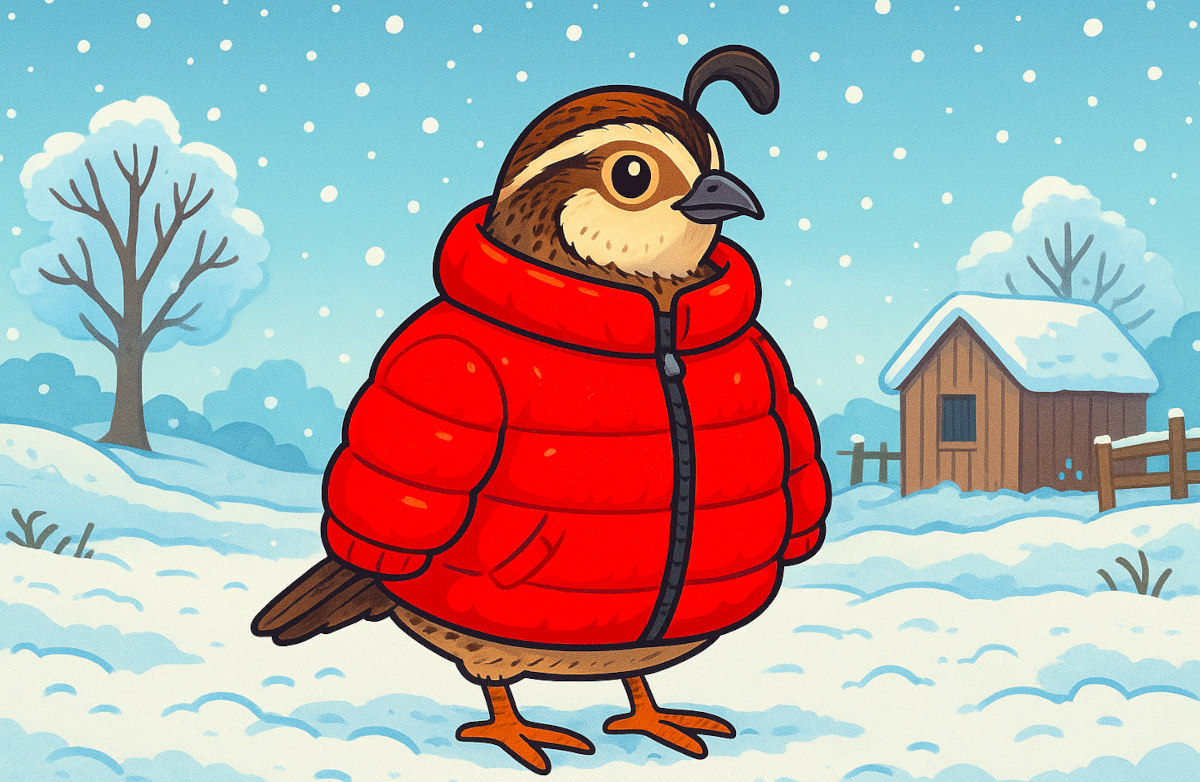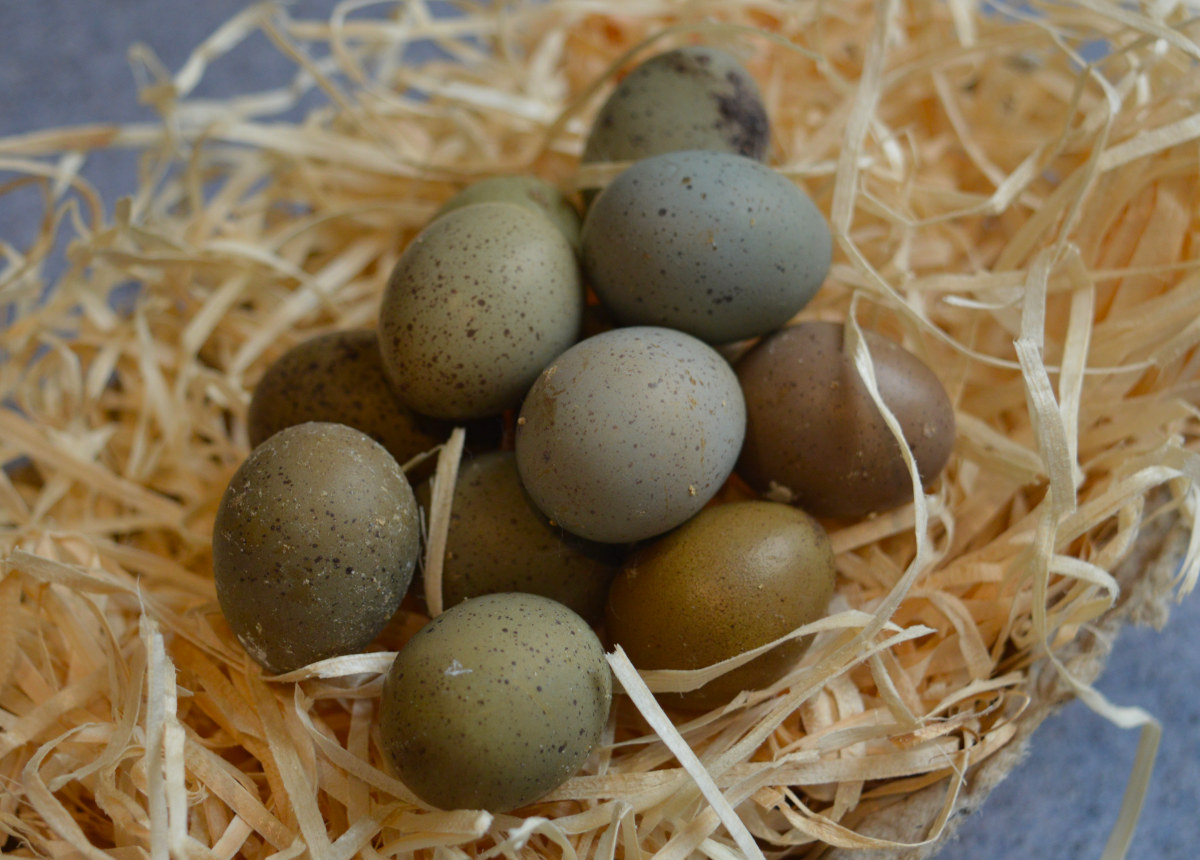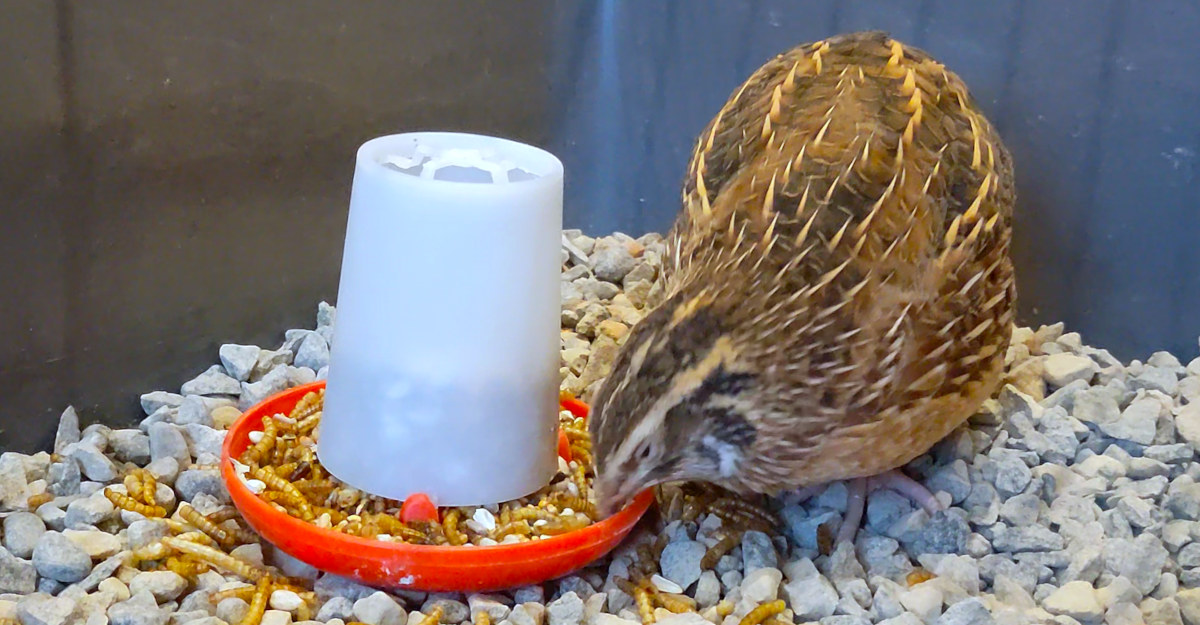How to keep quails laying in the winter. A 5 step checklist for getting out of the winter slump.

If you’ve ever trudged out to your quail coop on a frosty morning, hands stuffed in your pockets, hoping for eggs and finding… nothing, you’ll know the mix of frustration and mild betrayal that comes with it. I’ve been there.
Us poultry keepers call this the "The Egg Gap" And my birds start to go on strike around October. Where I live this could be 4 months without eggs.
Winter egg slowdowns make you feel like you’ve done something wrong, but the truth is: your quails are just reacting to nature’s signals.
Below: A nest full of quail eggs.

Quails are programmed to lay eggs when daylight hours are long, usually around 14–16 hours. Shorter winter days tell their bodies it’s time to rest, conserve energy, and focus on survival rather than reproduction.
Add in cold temperatures, drafts, or nutritional gaps, and you’ve got a recipe for a barren nesting box.
Quail do have an off season and stop laying in winter?
Quails are light sensitive and are known to lay fewer or no eggs in the winter months when there is less daylight and lower temperatures.
The biological processes that drive the quails egg laying cycle will shut down if light exposure falls below 12 hours in 24.
Below: Feeding is crucial, as is the amount of time birds have access to food and water.

While all birds need a yearly rest from laying eggs to rebuild their bodily reserves, there are several things you can do to encourage quails to extend the season so they continue laying eggs throughout the winter:
My 5 step process to keep quails laying in winter:
Choose the right breed, jumbo types will fare better than the smaller fowl.
Step 1: Give them more light:
- Egg production is driven by daylight length. If the sun won’t cooperate, you can step in.
- Always add light in the morning to wake the birds up, let them roost and sleep naturally on the setting sun.
- Use a low-watt LED or fluorescent light in the coop.
- Aim for 14–16 hours of light per day — but increase it gradually over a week to avoid stress.
- A simple plug-in timer means you don’t have to stumble outside at 6 am in your slippers.
- Tip from experience: I tried leaving lights on all night once. Don’t. My quails got restless, cranky, and laid fewer eggs. Darkness matters too.
Step 2: Keep Them Warm (But Don’t Overdo It)
- Quails can handle cool temperatures, but they burn calories staying warm — calories that could be going into eggs.
- Insulate the coop to cut drafts. Cardboard panels or old blankets on the outside work in a pinch.
- If you use heat, keep it modest — around 10°C (50°F) is fine.
- Never aim for “tropical” conditions; sudden warm-cold swings stress birds and can be worse than steady cold.
- When my first winter hit, I went overboard with heat lamps. The electricity bill looked like I was running an indoor weed growing operation, and the birds didn’t thank me for it.
Step 3: Boost Their Diet:
- Winter means higher energy needs. If their feed isn’t meeting those needs, egg production is the first thing to drop.
- Stick with high-protein feed (24% at least) for layers. I switched to a 28% protein feed last winter and it kept my hens plump and productive, even when there was snow.
- Add extras like mealworms, sunflower seeds, or sprouted grains for variety and energy.
- Make sure they always have fresh, unfrozen water — eggs are 75% water, after all.
- Greens are important - sprout some fresh in trays in the darker months.
- Just like in the warmer months, quails need a constant supply of calcium for strong eggshells.
- I’ve found that a few warm, cooked peas on freezing mornings get my quails up happily. It’s not science — just goodwill.
Step 4: Reduce Stress:
- Quails are small, but they worry big. Winter brings predators sniffing closer, cramped spaces, and sometimes noisy storms.
- Clean out soiled bedding regularly to prevent the buildup of bacteria and moisture. A dry environment helps prevent respiratory issues.
- Keep their enclosure secure and free from draughty gaps.
- Avoid overcrowding — stress kills productivity.
- Give them quiet corners to retreat to if they want to.
- Deal with rats and vermin, they get bold and hungry in winter as well.
- When the neighbour’s cat started lurking, my quails went on strike. A bit of extra wire mesh and a visual barrier got them back to work.
Step 5: Accept Natural Cycles (Sometimes):
- Even with perfect lighting, heating, and diet, some quails will still slow down in winter. Laying year-round is possible — but forcing it every single year can shorten a bird’s laying lifespan. Some keepers let their birds rest and make up the difference by hatching chicks in spring or keeping staggered-age flocks.
- I like to keep a mix: some birds resting, some still laying, and me sleeping in a bit more on dark mornings.